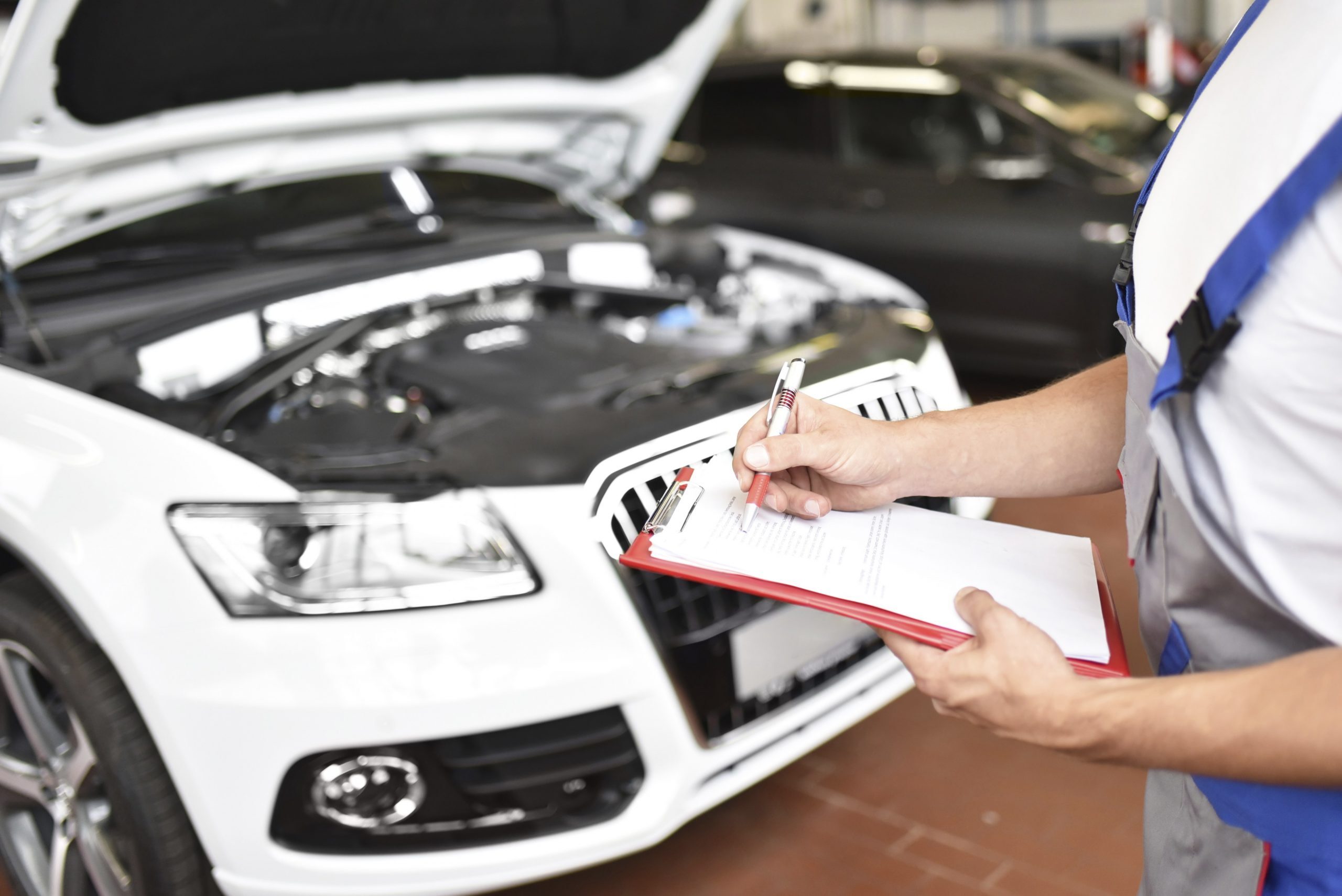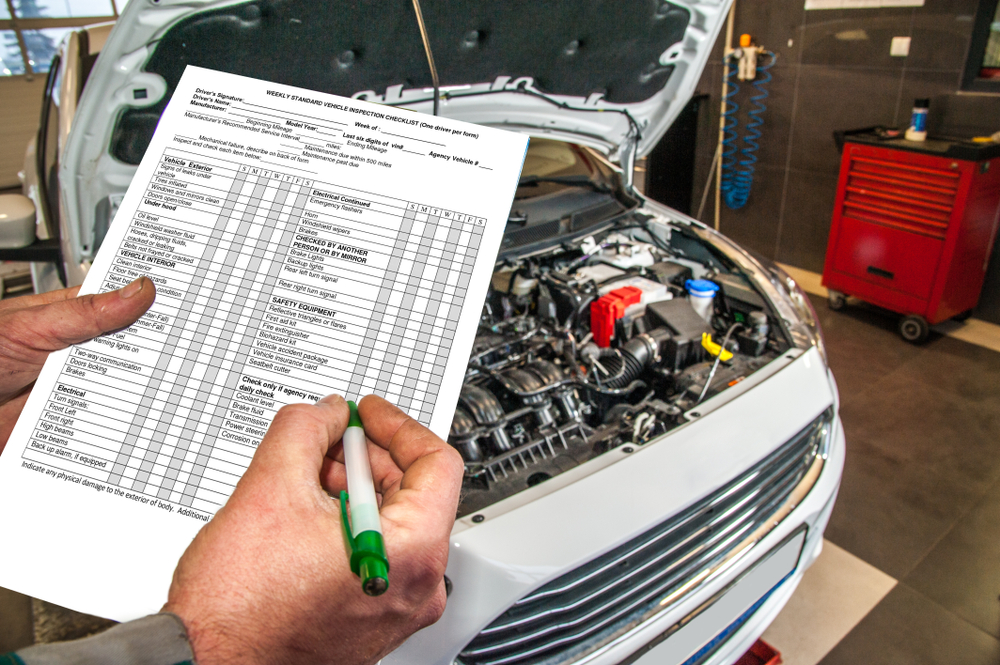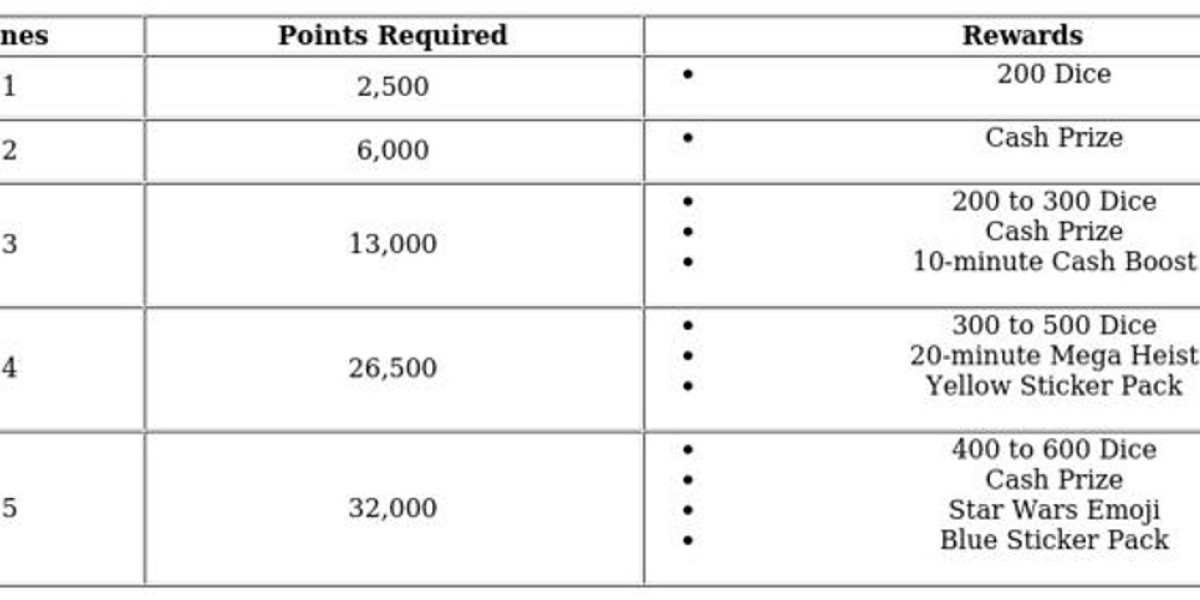A comprehensive car inspection is a critical step for anyone looking to maintain their vehicle's performance, ensure safety, or evaluate a used car before purchase. While it may sound like a routine procedure, a thorough inspection delves into every aspect of the vehicle, from mechanical components to cosmetic details. Understanding what experts check during this process helps car owners make informed decisions, avoid unexpected repairs, and extend the life of their vehicles.
Understanding the Purpose of a Comprehensive Car Inspection
Before diving into the top things checked during a car inspection, it is essential to understand its purpose. A comprehensive inspection is not just about ensuring that a car runs; it is about evaluating the overall health of the vehicle. This process identifies potential problems, verifies that safety systems are functioning properly, and ensures the vehicle meets regulatory standards.
Car inspections are especially important in scenarios such as buying a used car, leasing a vehicle, or routine maintenance for long-term ownership. Conducted by trained mechanics or inspection services, these assessments provide a detailed overview of the car's condition, allowing owners to take proactive measures rather than reactive repairs.
Engine and Transmission
The engine is the heart of the vehicle, and its proper functioning is paramount. During a comprehensive inspection, mechanics check for any signs of leaks, unusual noises, or irregular performance. Oil levels and condition are evaluated, as dirty or low oil can indicate neglect or underlying issues.
Transmission checks involve assessing the smoothness of gear shifts, inspecting transmission fluid, and detecting any warning signs of potential failure. A malfunctioning transmission can be costly to repair, making this an essential aspect of the inspection. Mechanics may also perform a road test to ensure the engine and transmission work harmoniously under driving conditions.
Braking System
A car’s braking system is vital for safety. Inspectors examine brake pads, rotors, and discs for wear and tear. The brake fluid is also checked to ensure proper viscosity and absence of contamination, which can affect braking efficiency.
Beyond the components themselves, inspectors evaluate the overall braking performance through tests. This may include emergency stop simulations or measuring the vehicle’s stopping distance under controlled conditions. Detecting problems early can prevent accidents and extend the lifespan of the braking system.
NOTE:- Each car underwent a comprehensive car inspection by Check Any Car, covering engines, brakes, and electrical systems. Issues were identified and documented for buyers. Ensure transparency and safety—schedule your car inspection with Check Any Car today!

Suspension and Steering
The suspension and steering systems contribute significantly to ride comfort, handling, and stability. During a comprehensive car inspection, mechanics inspect components such as shock absorbers, struts, ball joints, and tie rods. Any signs of wear or damage can affect vehicle handling and safety.
Steering inspection involves checking for alignment issues, loose components, or uneven tire wear. A misaligned steering system can lead to tire damage, reduced fuel efficiency, and dangerous driving conditions. Mechanics may also perform tests on the vehicle’s responsiveness and stability during turns.
Tires and Wheels
Tires are the only point of contact between the vehicle and the road, making them crucial for safety. Inspectors check tire tread depth, wear patterns, and sidewall conditions. Uneven tire wear may indicate alignment problems, suspension issues, or improper tire pressure.
Wheel inspections include checking for damage such as cracks, bends, or corrosion. Properly maintained tires and wheels ensure better grip, fuel efficiency, and handling, particularly in adverse weather conditions.
Lights and Electrical Systems
A car’s electrical system powers essential components such as headlights, indicators, brake lights, and interior electronics. During a comprehensive inspection, mechanics test all lighting systems to ensure functionality and compliance with safety standards.
Electrical inspections extend to the battery, alternator, starter motor, and wiring connections. Any faults in these systems can lead to vehicle breakdowns or even fire hazards in extreme cases. Regular checks prevent inconvenience and ensure the vehicle operates reliably in all conditions.
Fluid Levels and Leaks
Vehicles rely on various fluids for smooth operation. Mechanics examine engine oil, transmission fluid, brake fluid, coolant, power steering fluid, and windshield washer fluid. Each fluid plays a critical role in maintaining performance and preventing damage.
During a comprehensive inspection, technicians look for leaks that may indicate worn seals, gaskets, or hoses. Detecting leaks early can prevent severe engine damage or expensive repairs in the future. Monitoring fluid levels also ensures optimal performance and safety.
Exhaust System
The exhaust system not only channels harmful emissions away from the vehicle but also contributes to engine efficiency. Inspectors check for leaks, corrosion, or damage in components such as the muffler, catalytic converter, and exhaust pipes.
A malfunctioning exhaust system can lead to reduced fuel efficiency, increased emissions, or even dangerous exposure to carbon monoxide. By examining this system, mechanics ensure that the vehicle complies with environmental standards and operates efficiently.

Interior and Exterior Condition
While mechanical components are critical, the vehicle’s interior and exterior also provide important indicators of overall condition. Inspectors assess the bodywork for dents, rust, scratches, and paint damage. Windows, mirrors, and door mechanisms are tested for proper function.
Inside the car, seats, seatbelts, dashboard indicators, and air conditioning systems are examined. These inspections not only improve comfort and aesthetics but also reveal potential signs of neglect or hidden damage that may affect resale value.
Safety Features
Modern cars come equipped with advanced safety features, and their functionality is thoroughly evaluated during a comprehensive inspection. This includes airbags, anti-lock braking systems (ABS), traction control, electronic stability control, and seatbelt pre-tensioners.
Ensuring these systems are in proper working condition is critical for occupant safety. Technicians may use diagnostic tools to verify sensor performance, check for error codes, and test the activation mechanisms. Well-maintained safety features can significantly reduce the risk of injury in accidents.
Test Drive and Performance Assessment
Finally, a comprehensive inspection often concludes with a road test. During this test, mechanics assess the vehicle’s performance under real-world driving conditions. They observe acceleration, braking, handling, transmission shifts, steering responsiveness, and noise levels.
A test drive allows inspectors to detect subtle issues that may not be visible during stationary checks. It provides a holistic evaluation of the car’s condition, ensuring that both the driver and passengers can enjoy a safe, comfortable, and reliable experience.
Conclusion
A comprehensive car inspection is more than just a routine check—it is a detailed assessment of a vehicle’s overall health, safety, and performance. From the engine and transmission to safety features and interior condition, every component plays a critical role in ensuring reliability and longevity.
Understanding what is checked during this process empowers car owners to make informed decisions, avoid costly repairs, and maintain optimal vehicle performance. Whether purchasing a used car, performing regular maintenance, or preparing for a long journey, a professional car inspection is an investment in safety, efficiency, and peace of mind.
By paying attention to these ten key areas—engine and transmission, braking system, suspension and steering, tires and wheels, lights and electrical systems, fluid levels and leaks, exhaust system, interior and exterior condition, safety features, and performance assessment—vehicle owners can ensure their cars remain in top condition for years to come.














